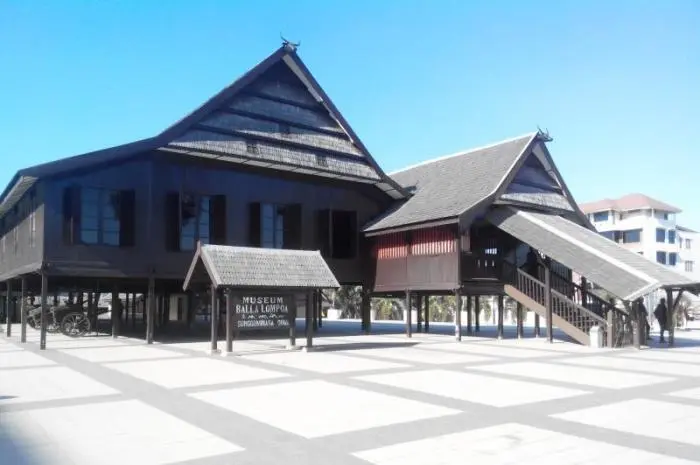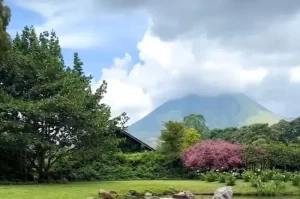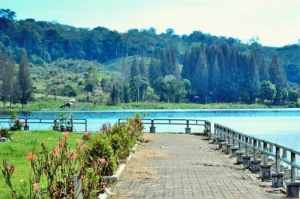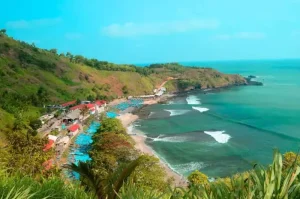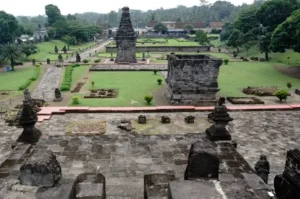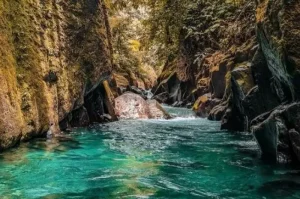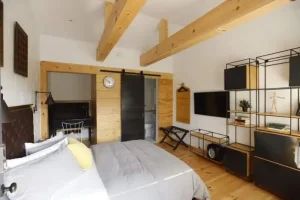Discover a variety of fascinating historical tourist destinations in Gowa, from magnificent forts to ancient places of worship, as silent witnesses to past glories.
Gowa, one of the regencies in South Sulawesi, is the center of attention with various historical sites that depict the golden age of the Gowa-Tallo Kingdom.
This rich historical trail makes Gowa a tourist destination for history and culture lovers. Here are 10 historical tours in Gowa that you must visit to explore extraordinary stories and cultural heritage.
1. Fort Rotterdam
Fort Rotterdam, one of the relics of the Gowa-Tallo Kingdom, stands majestically as a symbol of past power.
Built in the 17th century by the 10th King of Gowa, the fort was originally made of clay, but was later reinforced with hard rock from the Maros Karst Mountains by Sultan Alauddin.
The fort, which was originally named “Jum Pandan”, was changed to Fort Rotterdam after falling into Dutch hands. The functions of this fort are diverse, from a government center to a military headquarters.
Today, Fort Rotterdam is a museum that houses historical collections such as traditional weapons and prehistoric artifacts.
Visitors can also explore the La Galigo Museum, located within the fort complex, to gain a deeper understanding of South Sulawesi’s history.
2. Makassar City Museum
This former City Hall building has been transformed into the Makassar City Museum since 2000. This museum displays the historical journey of Makassar City through a collection of photographs, ancient currency, and archaeological artifacts.
The first floor of the museum showcases the development of Makassar City over time, while the second floor houses memorabilia such as the desk of the first mayor of Ujung Pandang.
This place provides deep insight into the social and cultural dynamics of Makassar society from the past to the present.
3. The Tomb of Prince Diponegoro
The tomb of Prince Diponegoro is a silent witness to the end of the life journey of one of Indonesia’s greatest national heroes. After being treacherously captured in 1830 in Magelang, Prince Diponegoro was exiled to Makassar until his death in 1855.
This tomb complex is not only a place of pilgrimage, but also a monument honoring Prince Diponegoro’s heroic struggle against colonialism. In this complex there are also the tombs of his wives and descendants, creating a deep historical atmosphere.
4. Tallo Kings Tomb Complex
As an important historical site, the Tallo Kings’ Tomb Complex was the resting place of the kings and nobles of the Tallo Kingdom from the 17th to the 19th centuries.
The tombs in this complex have a unique design that resembles a temple, complete with plant ornaments and Arabic calligraphy.
With around 78 tombs present, the complex has been restored several times to preserve its beauty and historical value. A visit to this place takes visitors on a journey tracing the glorious history of the Gowa-Tallo Kingdom.
5. Mandala Monument
The Mandala Monument is a symbol of the struggle for the liberation of West Irian and is a reminder of the spirit of unity of the Indonesian nation. Built on the site of the former Mandala Command Headquarters, this monument was inaugurated in 1995.
Standing 75 meters high, this monument has four floors that contain dioramas, reliefs, and a replica of Panglima Mandala’s work space. From the top floor, you can enjoy the panoramic view of Makassar City while remembering the nation’s struggle in Operation Mandala.
6. La Galigo Museum
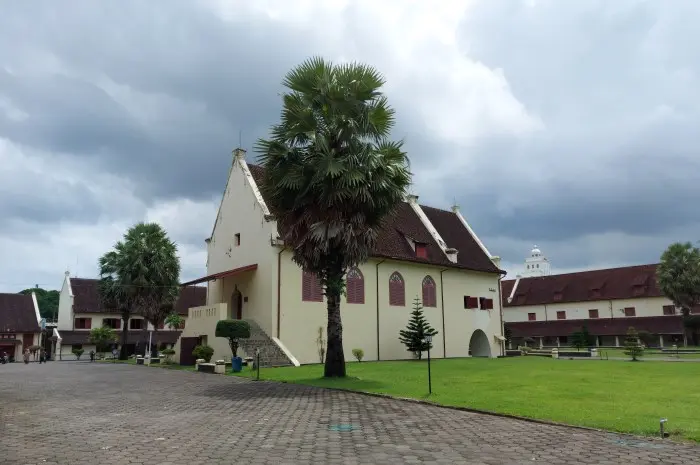
La Galigo Museum, located in Fort Rotterdam, is a heaven for history lovers. The museum houses Bugis, Makassar, and Toraja ethnic artifacts, including traditional weapons, jewelry, and traditional clothing.
With modern facilities such as air conditioning, this museum provides comfort to visitors who want to explore local history. This museum is often an educational destination for students and tourists who want to understand more about South Sulawesi culture.
7. Balla Lompoa Museum
Balla Lompoa Museum is a former palace of the Gowa Kingdom which now functions as a museum. This building maintains the typical Bugis-Makassar stilt house architecture and houses various royal relics, such as spears, ancient cannons, and royal jewelry.
The museum offers many interesting photo spots that add to its appeal. Visiting Balla Lompoa provides an opportunity to experience the glory of the Gowa Kingdom up close.
8. Babul Firdaus Mosque
Babul Firdaus Mosque, the oldest mosque in Gowa, was founded in 1893 by the 34th Sultan of Gowa. This mosque has undergone renovations three times, but original elements such as the minaret and mihrab have been maintained.
With an area of 750 square meters, this mosque is one of the most important spiritual symbols in Gowa. The architectural beauty of this mosque reflects the long journey of Islam in this region.
9. Makassar Cathedral Church
Makassar Cathedral Church is an icon of Catholicism in South Sulawesi since the 19th century. Built in Gothic architectural style, this church can accommodate up to 2,500 worshippers.
The renovations carried out on this church ensured that the building retains its authentic feel. This church is not only a place of worship but also a historical tourist destination that offers the beauty of classical architecture.
10. Xian Ma Temple
Xian Ma Temple, also known as Vihara Istana Naga Sakti, is one of the oldest places of worship for the Chinese community in Makassar. Established in 1864, the temple is dedicated to honoring Goddess Xian Ma, the ruler of the sea.
Decorated with statues of gods and typical Chinese ornaments, this temple exudes a captivating artistic beauty. Visiting Xian Ma Temple provides deep insight into the cultural harmony and history of the Chinese community in Makassar.
Gowa is a historical gem rich with historical sites that reflect past glories. From majestic Somba Opu Fort to the tombs of heroes, each destination offers an immersive experience that connects us to stories of the past.
A visit to these 10 places will not only enrich your knowledge but also strengthen your sense of pride in our extraordinary cultural heritage. Don’t miss the chance to explore Gowa and experience its historical charm firsthand!
